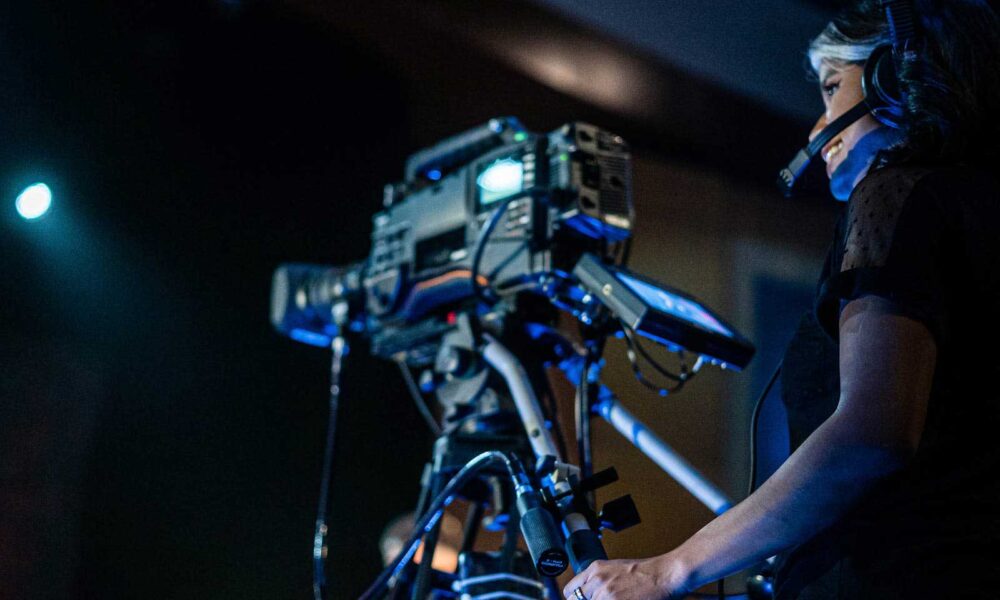Creating an exceptional event experience involves mastering the art of sound and vision. In this guide, we’ll explore our top ten best practices for achieving stellar audiovisual production at events, ensuring a memorable and immersive atmosphere for your audience.
1. Clear Objectives for Audiovisual Elements
Begin by defining clear objectives for the audiovisual components of your event. Whether it’s enhancing presentations, creating ambience, or amplifying performances, having a purpose ensures focused and effective production.
2. Selecting Quality Equipment
Invest in high-quality audiovisual equipment. From microphones and speakers to projectors and screens, choosing reliable and professional-grade gear contributes significantly to the overall production quality.
3. Thorough Sound Checks
Conduct thorough sound checks well in advance of the event. Test microphones, speakers, and other audio equipment to identify and address any issues. A clear and balanced sound ensures that the audience can fully engage with the content.
4. Optimising Visual Displays
Pay attention to visual elements such as projections and displays. Ensure that visuals are clear, well-lit, and visible from all angles. Optimising visual displays contributes to a more engaging and visually appealing event.
5. Professional Lighting Setup
Invest in professional lighting to enhance the overall atmosphere. Consider the venue’s lighting conditions and supplement them with strategic lighting setups to create the desired mood and focus.
6. Seamless Integration of Audio and Visuals
Coordinate the integration of audio and visual elements seamlessly. Both should complement each other to create a cohesive and immersive experience for the audience.
7. Engaging Multimedia Content
Craft engaging multimedia content that aligns with your event goals. Whether it’s videos, animations, or interactive presentations, compelling content enhances the impact of your audiovisual production.
8. Accessibility Considerations
Ensure that your audiovisual setup is accessible to all attendees, including those with hearing or visual impairments. Provide subtitles, sign language interpreters, or other necessary accommodations for an inclusive event.
9. Professional Technical Support
Have a dedicated team of professional technicians to manage the audiovisual setup. Their expertise can address technical challenges swiftly, ensuring a smooth production without disruptions.
10. Post-Event Evaluation
Conduct a post-event evaluation specifically focused on the audiovisual production. Gather feedback from both your team and attendees to identify strengths and areas for improvement. Use this feedback to refine your approach for future events.
Achieving stellar audiovisual production at events requires careful consideration of both sound and vision. By following these best practices, you can create an immersive and memorable experience that leaves a lasting impact on your audience.





